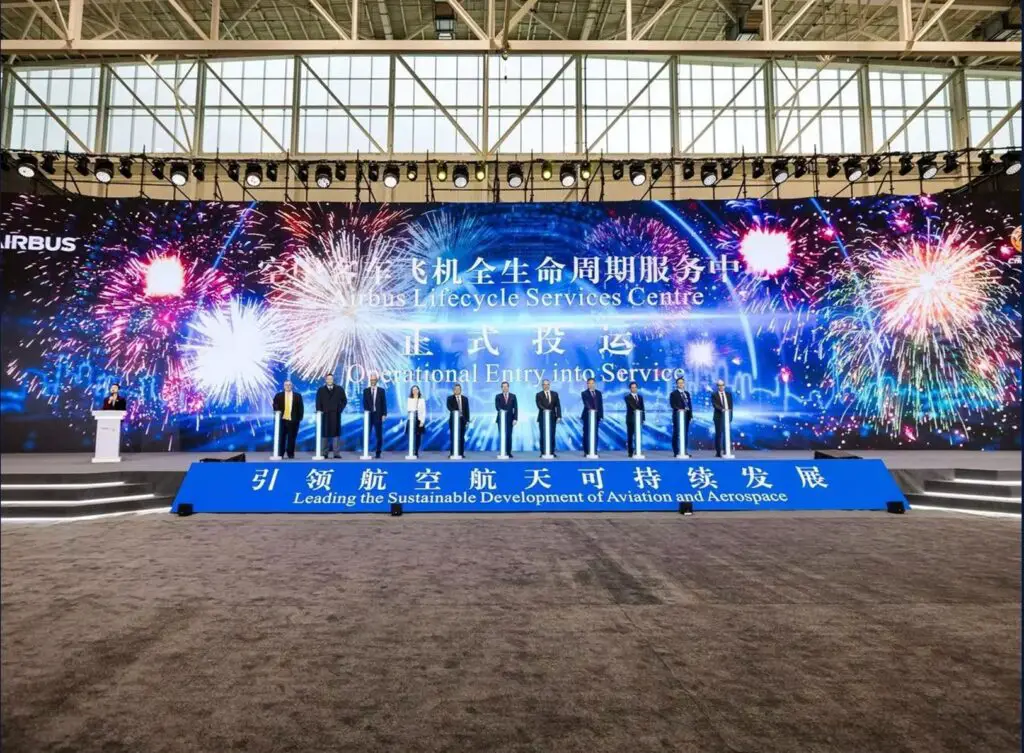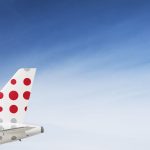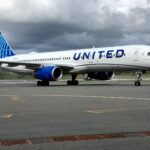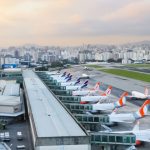Airbus inaugurated its first service center with the capability to work on the complete lifecycle of its aircraft. The Airbus Lifecycle Services Center, known as ALSC (by its English acronym), is located in Chengdu, China.
There, the manufacturer will provide comprehensive solutions to manage the entire lifecycle of an aircraft in a single service point. Activities will range from storage to maintenance services, upgrades and retrofits, conversions, dismantling, and recycling. It will also facilitate the control of the distribution of used parts obtained from dismantled aircraft. The facility is certified by both the European Union Aviation Safety Agency (EASA) and the Civil Aviation Administration of China (CAAC).
Related content: Airbus Delivers First A321neo from Former A380 Assembly Line
The ALSC covers an area of 717,000 square meters and has a storage capacity of up to 125 aircraft. Directly, it employs 150 people. The structure obtained LEED certification, a green building certification program developed by the U.S. Green Building Council (USGBC). This program encourages buildings to be environmentally responsible and operate efficiently.
Cristina Aguilar, Senior Vice President of Customer Services at Airbus, stated, “This center reflects our commitment to leadership. It also demonstrates our dedication to environmental responsibility throughout the aircraft’s lifecycle. Additionally, it is an excellent example of Chinese-European cooperation in the development of the circular economy for the aviation industry.”
The service center is operated collaboratively between Airbus, Tarmac Aerosave, the city of Chengdu, and Satair. Tarmac Aerosave is responsible for efficient aircraft storage, dismantling, and recycling. Satair, an Airbus subsidiary, will purchase aircraft and trade and distribute used parts recovered from them. The company’s goal is to put 75 percent of the stored aircraft into service. The remaining aircraft will be dismantled, reusing approximately 90 percent – by weight – of the aircraft.








